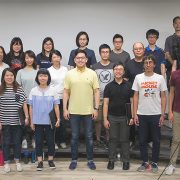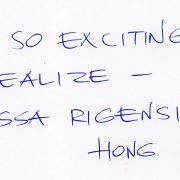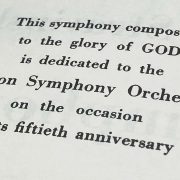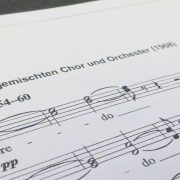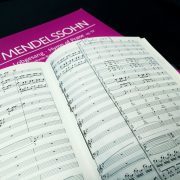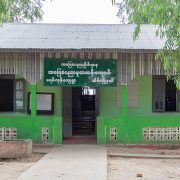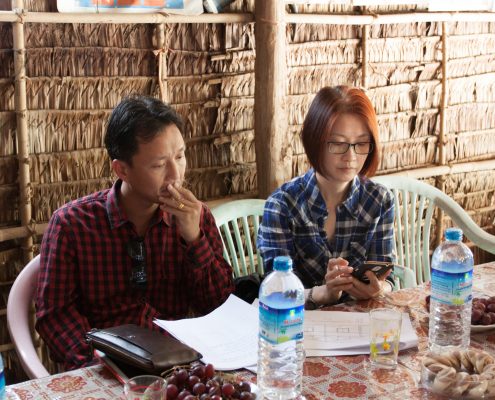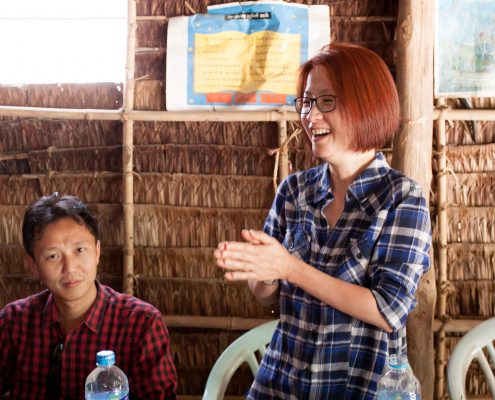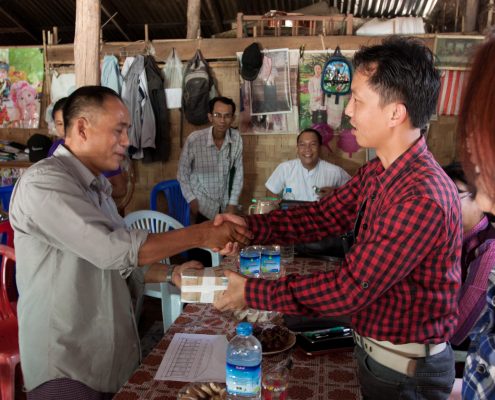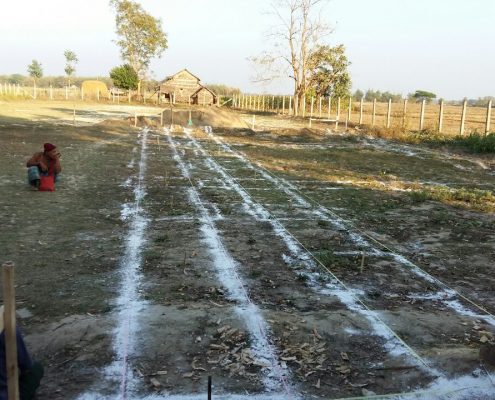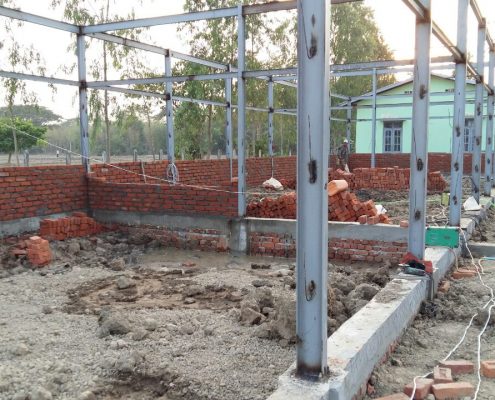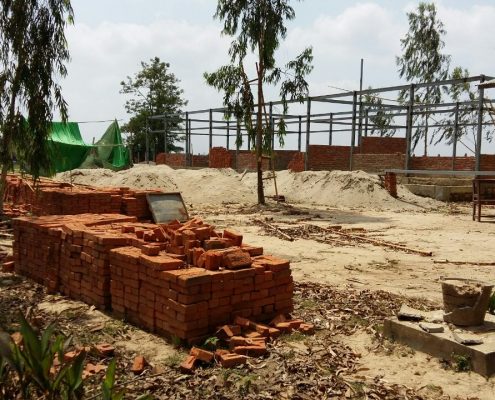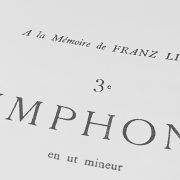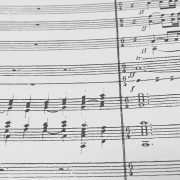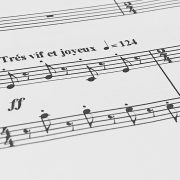https://www.learners.org.hk/wp-content/uploads/2019/04/News-20190421-Fr-Aureo-Album.jpg
540
1420
Kevin Cheng
https://www.learners.org.hk/wp-content/uploads/2017/03/Learners-Logo-Horizontal_highres.jpg
Kevin Cheng2019-04-08 01:36:502019-04-24 01:48:00The Aureo Castro Vocal Works album
https://www.learners.org.hk/wp-content/uploads/2018/08/Blog-20180830-Missa-Rigensis.jpg
540
1420
Kevin Cheng
https://www.learners.org.hk/wp-content/uploads/2017/03/Learners-Logo-Horizontal_highres.jpg
Kevin Cheng2018-08-30 08:49:532018-08-30 10:08:27Uģis Prauliņš' Missa Rigensis: Here we go again!
https://www.learners.org.hk/wp-content/uploads/2017/03/Blog-20180827-Stravinsky-Cover.jpg
540
1420
Kevin Cheng
https://www.learners.org.hk/wp-content/uploads/2017/03/Learners-Logo-Horizontal_highres.jpg
Kevin Cheng2018-08-27 14:45:342018-08-30 10:08:54Stravinsky's Symphony of Psalms: A messy premiere situation
https://www.learners.org.hk/wp-content/uploads/2017/09/Blog-20170913-Northern-Lights.jpg
540
1420
Kevin Cheng
https://www.learners.org.hk/wp-content/uploads/2017/03/Learners-Logo-Horizontal_highres.jpg
Kevin Cheng2017-09-13 15:27:232017-12-27 23:28:00Esenvalds' Northern Lights: A sense of wonder through music
https://www.learners.org.hk/wp-content/uploads/2017/07/Blog-20170806-Part-Credo.jpg
540
1420
Kevin Cheng
https://www.learners.org.hk/wp-content/uploads/2017/03/Learners-Logo-Horizontal_highres.jpg
Kevin Cheng2017-07-19 17:01:382017-12-27 23:28:19Arvo Pärt's Credo: A scandalous premiere
https://www.learners.org.hk/wp-content/uploads/2017/07/Lobgesang.jpg
3024
4032
Kevin Cheng
https://www.learners.org.hk/wp-content/uploads/2017/03/Learners-Logo-Horizontal_highres.jpg
Kevin Cheng2017-07-19 16:55:502018-03-08 23:30:05Mendelssohn's Lobgesang: Symphony No.2 or Not?
https://www.learners.org.hk/wp-content/uploads/2017/05/Blog-20170513-Mayangone-Village-School.jpg
540
1420
Kevin Cheng
https://www.learners.org.hk/wp-content/uploads/2017/03/Learners-Logo-Horizontal_highres.jpg
Kevin Cheng2017-05-13 17:30:212017-12-27 23:28:19The New Mayangone Village Middle School
https://www.learners.org.hk/wp-content/uploads/2017/04/Blog-20170510-Organ-2.jpg
540
1420
Kevin Cheng
https://www.learners.org.hk/wp-content/uploads/2017/03/Learners-Logo-Horizontal_highres.jpg
Kevin Cheng2017-04-26 09:22:032017-12-27 23:28:19Saint-Saëns' Organ Symphony: Dedicated to… oh he died.
https://www.learners.org.hk/wp-content/uploads/2017/04/Blog-20170510-Organ-1.jpg
540
1420
Kevin Cheng
https://www.learners.org.hk/wp-content/uploads/2017/03/Learners-Logo-Horizontal_highres.jpg
Kevin Cheng2017-04-22 01:36:022017-12-27 23:28:19Saint-Saëns' Organ Symphony: The birth of a favourite
https://www.learners.org.hk/wp-content/uploads/2017/03/Blog-20170510-Poulenc-Gloria-3.jpg
540
1420
Kevin Cheng
https://www.learners.org.hk/wp-content/uploads/2017/03/Learners-Logo-Horizontal_highres.jpg
Kevin Cheng2017-04-08 21:22:412017-12-27 23:28:19Poulenc's Gloria: Benedictine monks playing soccer?

